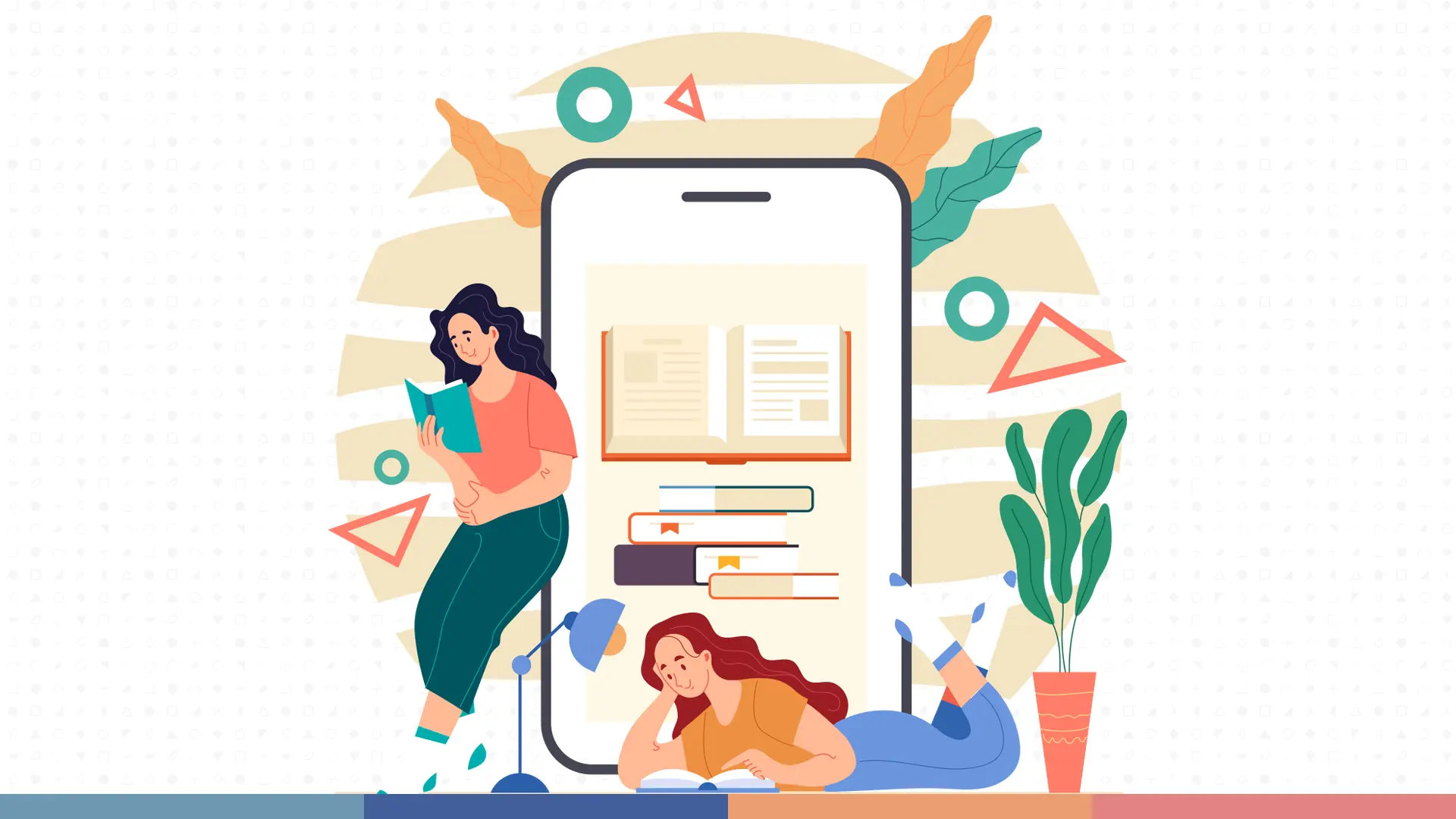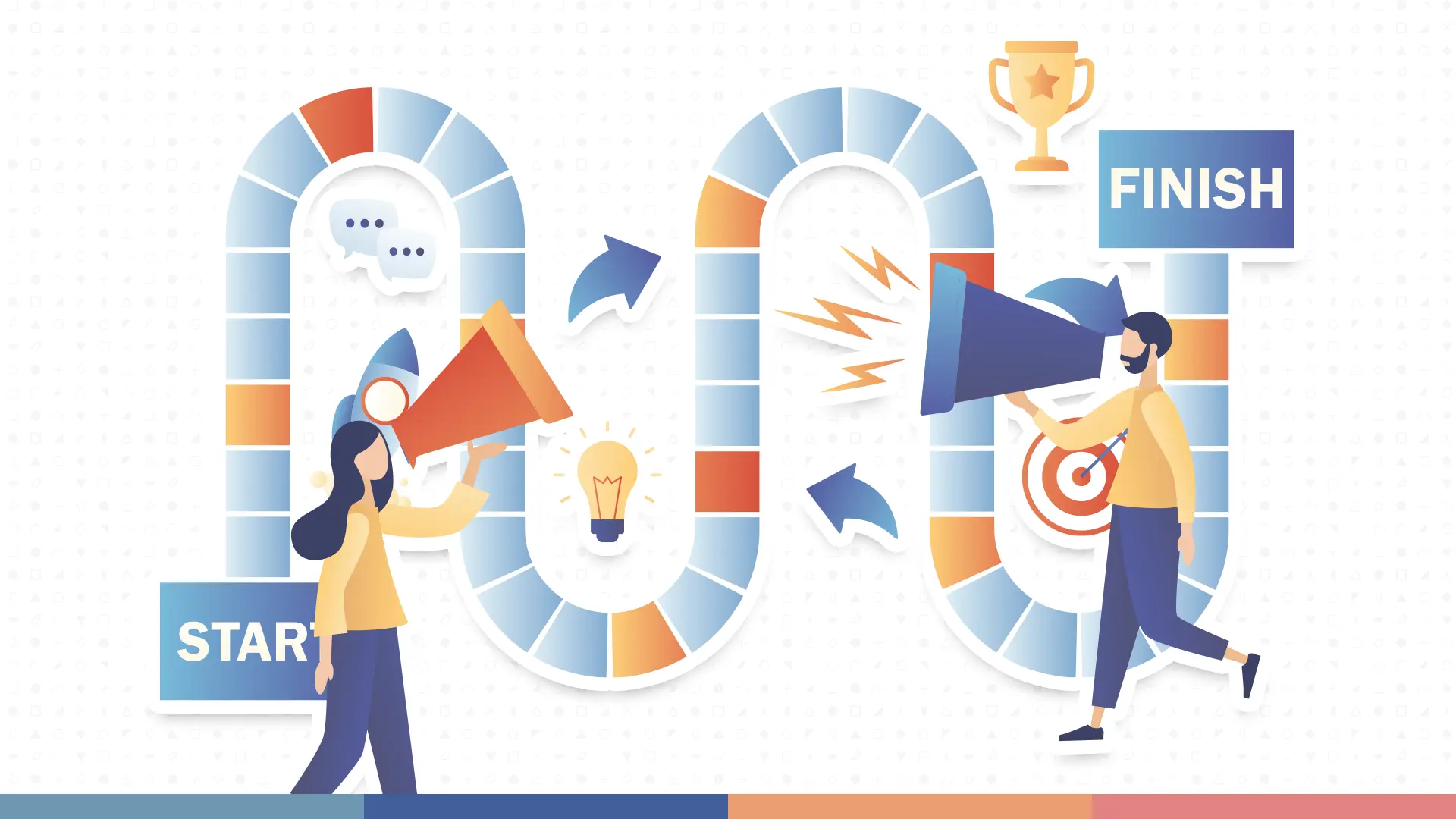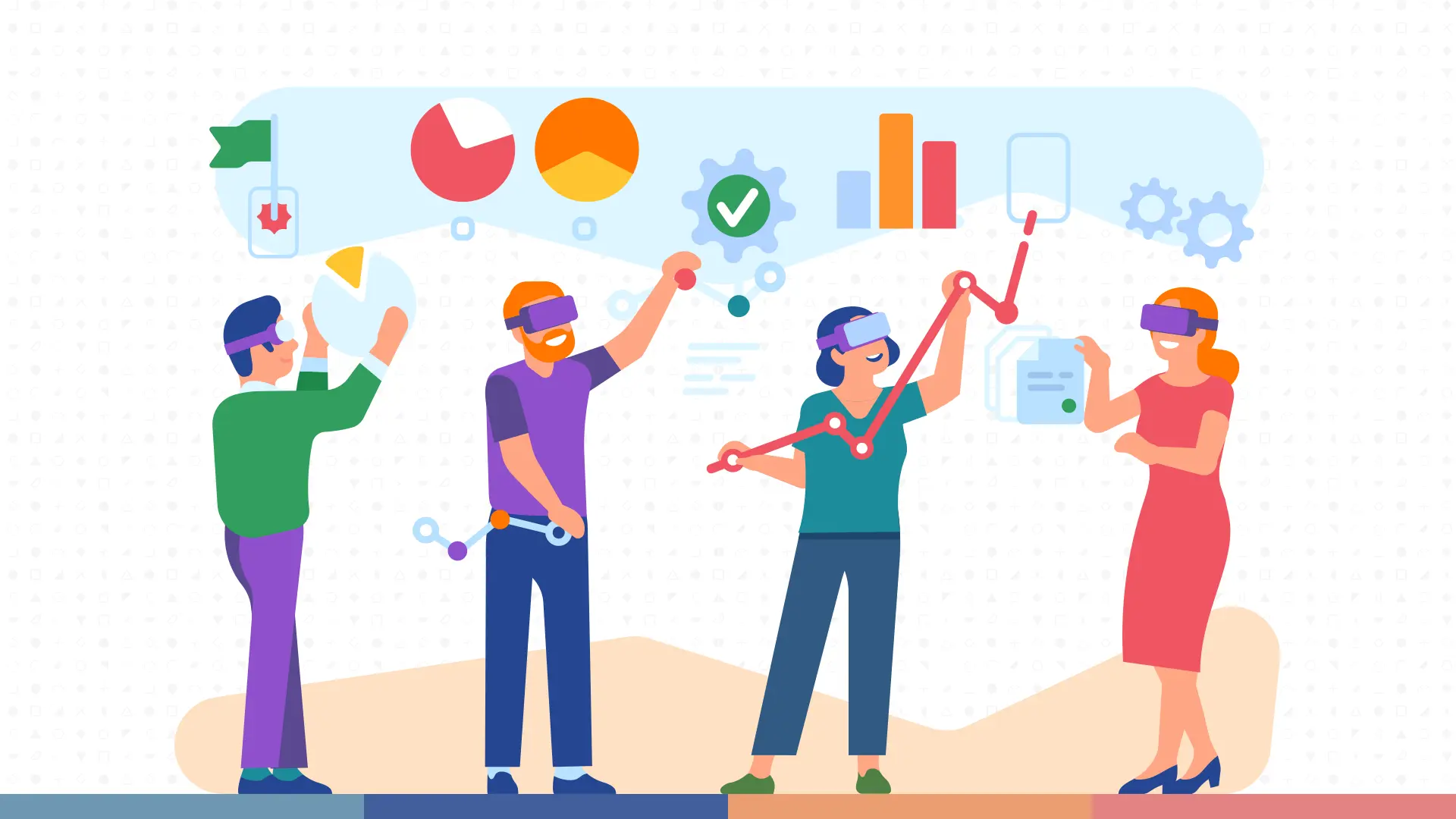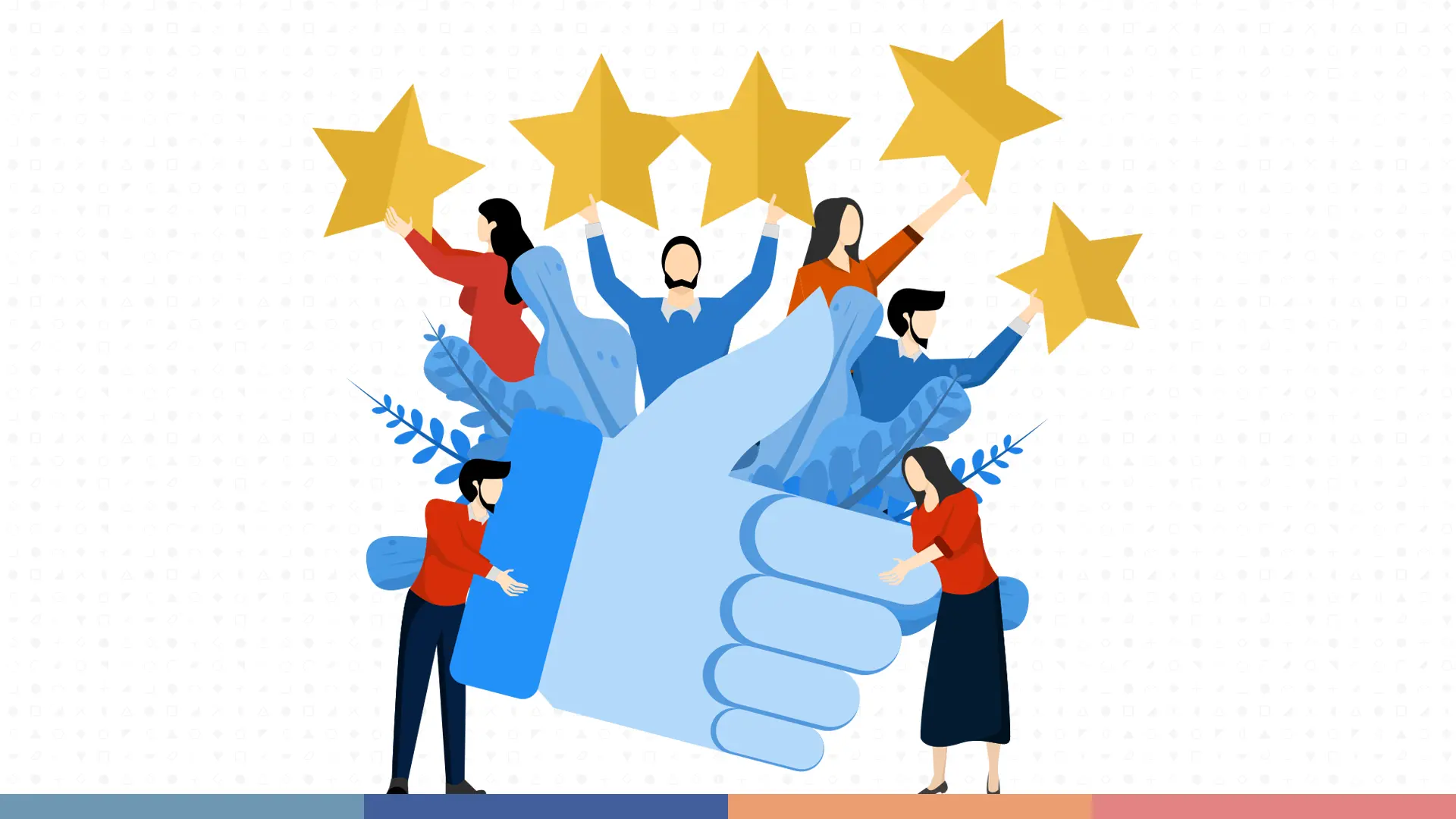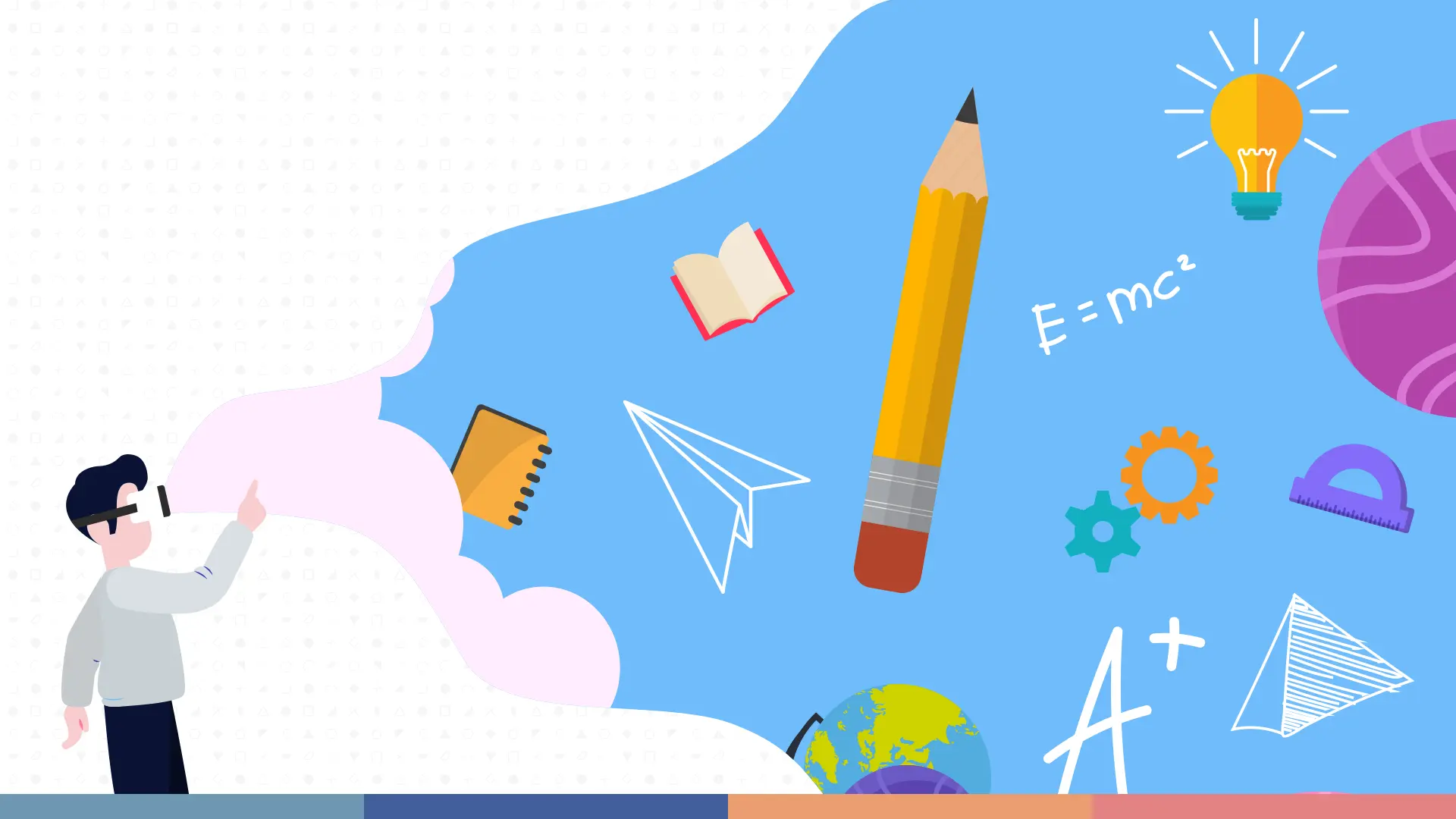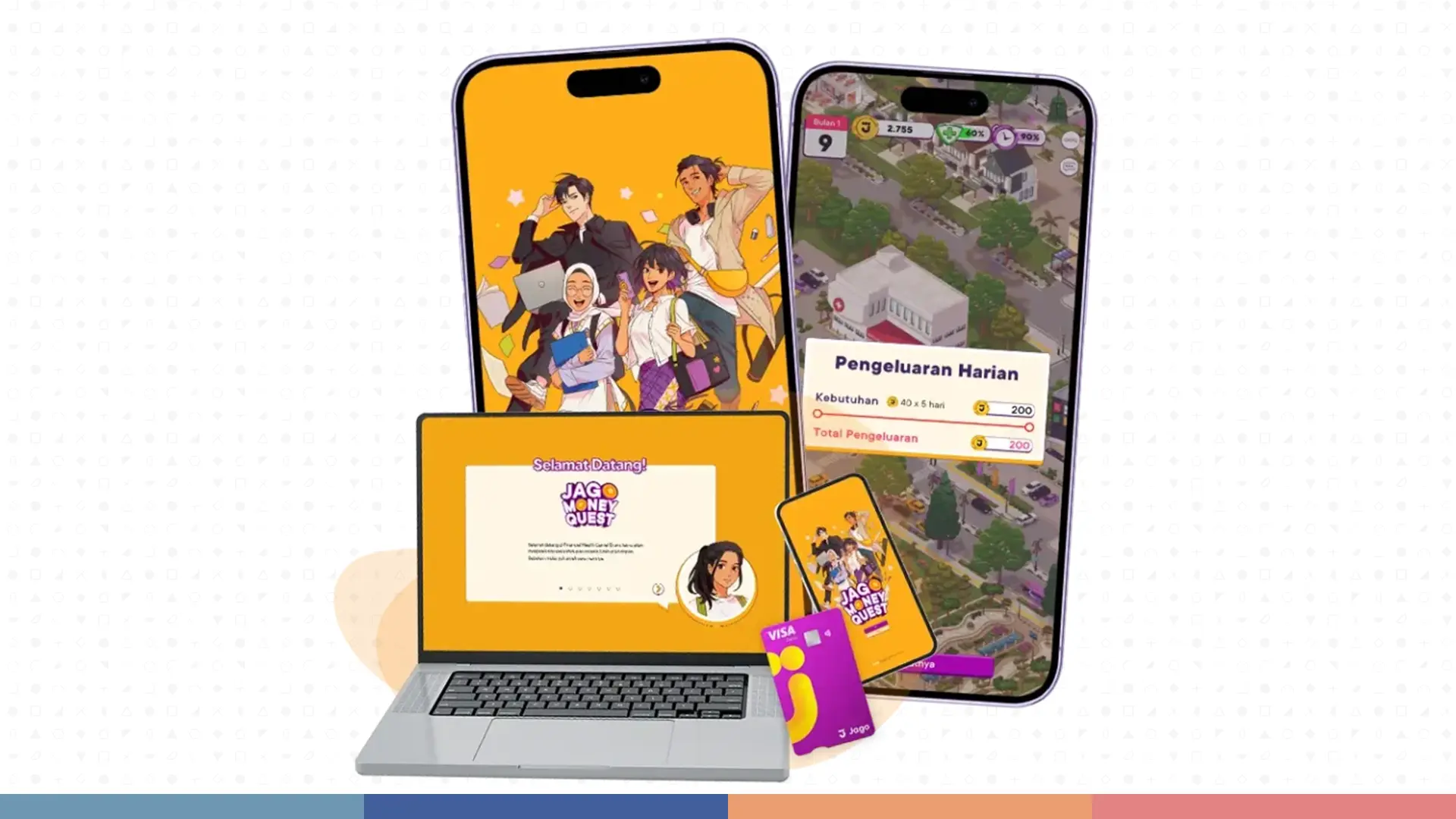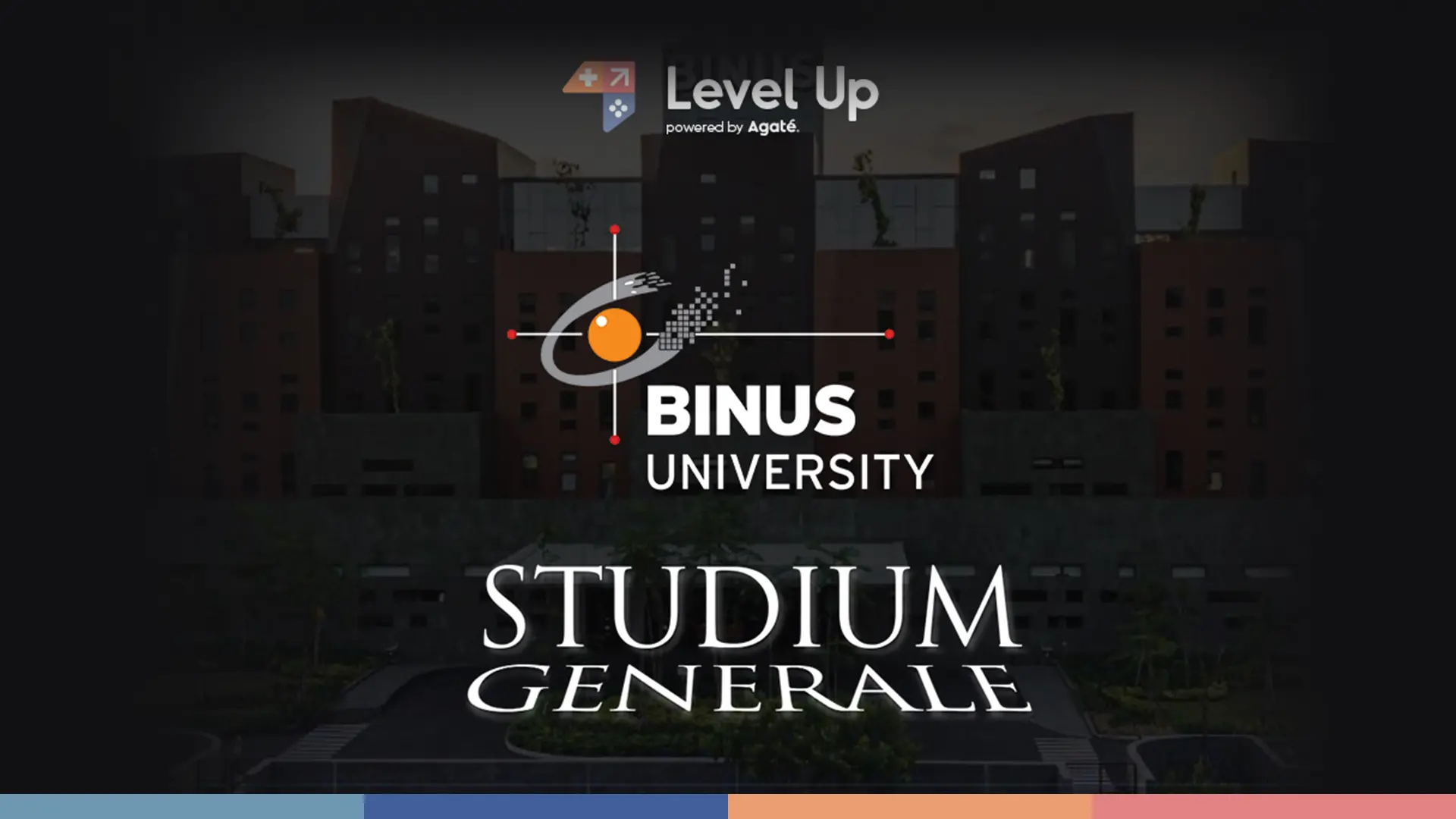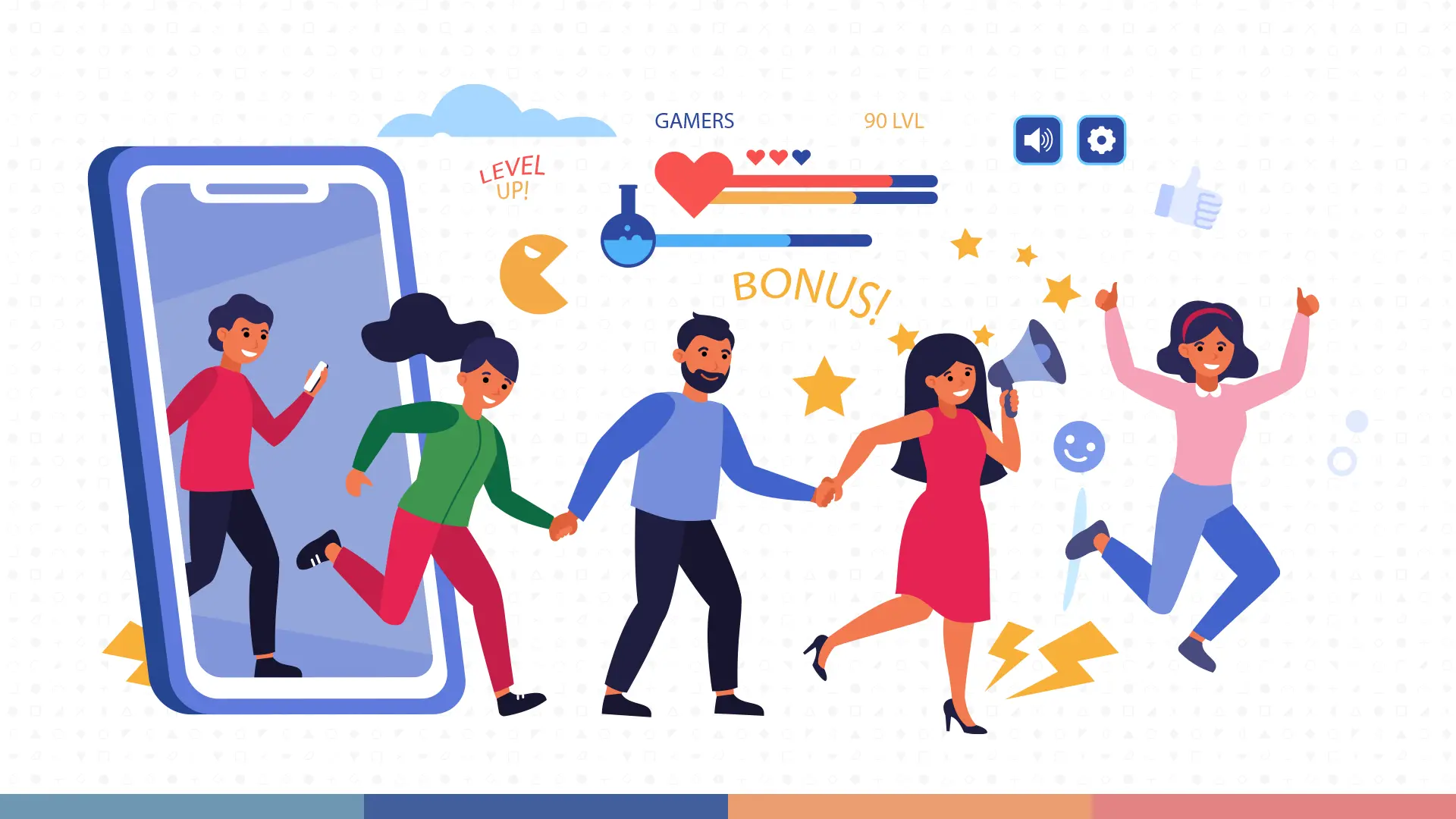What are Gamified Learning Apps?

In today’s fast-paced digital landscape, the need for effective learning strategies has become more crucial than ever. Gamified learning apps have emerged as a game-changer in the education sector, offering a unique blend of entertainment and education. These innovative platforms leverage the principles of gamification to create immersive and engaging learning experiences that captivate learners of all ages. In this article, we’ll delve into the world of gamified learning apps, exploring their benefits, statistics, and how they can revolutionize the way we learn.
What is Gamified Learning?
Gamification is the process of incorporating game design elements into non-game contexts, such as education, to increase engagement and motivation. In the context of learning apps, gamification involves using features like points, badges, leaderboards, and rewards to make the learning process more enjoyable and interactive. This approach has been shown to significantly improve learner outcomes, including increased retention rates and better knowledge retention.
Benefits of Gamified Learning Apps
- Improved Engagement: Gamified learning apps have been found to increase learner engagement by up to 90%, compared to traditional learning methods.
- Enhanced Retention: Interactive learning experiences have been shown to improve knowledge retention by up to 75%, compared to passive learning methods.
- Personalized Learning: Gamified learning apps can adapt to individual learners’ needs and abilities, providing a more personalized learning experience.
Statistics and Trends
- Global Gamification Market Size: The global gamification market is projected to reach $15.6 billion by 2027, growing at a CAGR of 34.2% from 2020 to 2027.
- Mobile Learning: Mobile devices are increasingly being used for learning, with 77% of learners using mobile devices for educational purposes.
- Gamification in Education: Gamification is being increasingly adopted in education, with 85% of educators reporting positive outcomes from gamified learning experiences.
How Gamified Learning Apps Can Help Businesses and Institutions
- Marketing and Recruitment: Gamified learning apps can be used to create engaging marketing campaigns and recruitment strategies, attracting top talent and increasing brand awareness.
- Increased ROI: By improving learner outcomes and increasing engagement, gamified learning apps can help businesses and institutions see a significant return on investment.
- Assessment and Hiring: Gamified learning apps can be used to create more effective assessments and hiring processes, identifying the right candidates for the job and reducing recruitment costs.
Examples of Gamified Learning Apps
1. Karyamas
Karyamas is a prime example of how gamification can be utilized to enhance employee skills. The app was designed with the objective of creating a more competent workforce. By integrating game elements into the learning process, Karyamas was able to make skill development more engaging and effective. Employees found themselves more motivated to learn and improve, leading to a noticeable increase in overall competence within the workforce.
2. Resto Sop
Resto Sop took a unique approach to staff training by applying game elements to the process. The objective was to improve service quality, and the results were impressive. Staff members found the gamified training to be more engaging, leading to a higher retention of information and skills. This ultimately resulted in improved service quality, as staff were better equipped to meet and exceed customer expectations.Gunung Sewu The Code: This app integrated gamification to foster a culture of continuous learning among employees.
3. Jago Money Quest
Jago Money Quest incorporated gamification to make financial education more interactive and effective. The objective was to help users better manage their finances, and the app achieved this by making financial education fun and engaging. Users found themselves more motivated to learn about financial management, leading to improved financial habits and better financial health overall.
4. Gunung Sewu The Code
Gunung Sewu The Code is another excellent example of gamification in action. The app was designed to foster a culture of continuous learning among employees. By integrating game elements into the learning process, the app was able to make learning more enjoyable and engaging. This resulted in employees being more motivated to learn and improve, leading to a culture of continuous learning within the organization.
Each of these apps demonstrates the power of gamification in learning and development. By making the learning process more engaging and enjoyable, these apps have been able to achieve impressive results in their respective objectives.
Conclusion
Gamified learning apps have the potential to revolutionize the way we learn, offering a more engaging, interactive, and effective learning experience. By leveraging the power of gamification, businesses and institutions can improve learner outcomes, increase engagement, and see a significant return on investment. At Level Up powered by Agate, we specialize in helping businesses and institutions unlock the full potential of gamified learning apps, from marketing and recruitment to assessment and hiring. Contact us today to learn more about how we can help you achieve your goals.
Frequently Asked Questions
Q: What is the difference between gamification and game-based learning?
A: Gamification involves incorporating game design elements into non-game contexts, such as education, to increase engagement and motivation. Game-based learning, on the other hand, involves using games as a primary means of learning.
Q: How do gamified learning apps adapt to individual learners' needs?
A: Gamified learning apps use algorithms and machine learning to adapt to individual learners’ needs, providing a more personalized learning experience.
Q: Can gamified learning apps be used for corporate training?
A: Yes, gamified learning apps can be used for corporate training, providing a more engaging and effective way to train employees.
Q: How do gamified learning apps measure learner outcomes?
A: Gamified learning apps use a variety of metrics to measure learner outcomes, including engagement rates, completion rates, and knowledge retention.
Q: Can gamified learning apps be used for assessment and hiring?
A: Yes, gamified learning apps can be used for assessment and hiring, providing a more effective way to identify the right candidates for the job.
If you are interested in learning more about gamification and how it can benefit you or your organization
Check out our gamification services page and contact us today. We are ready to help you create a gamification experience that aligns with your needs and preferences.
- All Posts
- All
